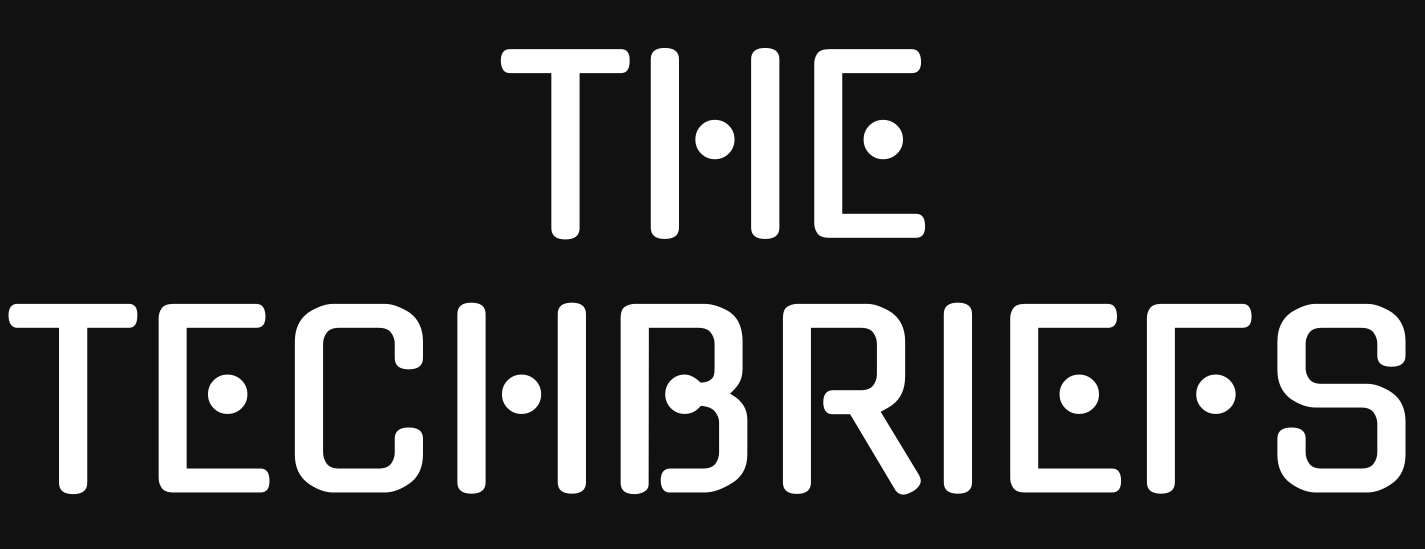
Keep in mind: This is based on an internal benchmark at Cursor. Credit: Cursor
Cursor is hoping Composer will perform in terms of accuracy and best practices as well. It wasn’t trained on static datasets but rather interactive development challenges involving a range of agentic tasks.
Intriguing claims and strong training methodology aside, it remains to be seen whether Composer will be able to compete with the best frontier models from the big players.
Even developers who might be natural users of Cursor would not want to waste much time on an unproven new model when something like Anthropic’s Claude is working just fine.
To address that, Cursor introduced Composer alongside its new multi-agent interface, which allows you to “run many agents in parallel without them interfering with one another, powered by git worktrees or remote machines”—that means using multiple models at once for the same task and comparing their results, then picking the best one.
The interface is an invitation to try Composer and let the work speak for itself. We’ll see how devs feel about it in the coming weeks. So far, a non-representative sample of developers I’ve spoken with has told me they feel that Composer is not ineffective, but rather too expensive, given a perceived capability gap with the big models.
You can see the other new features and fixes for Cursor 2.0 in the changelog.



